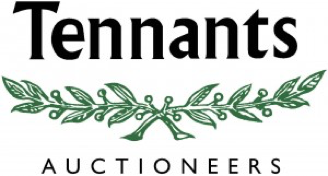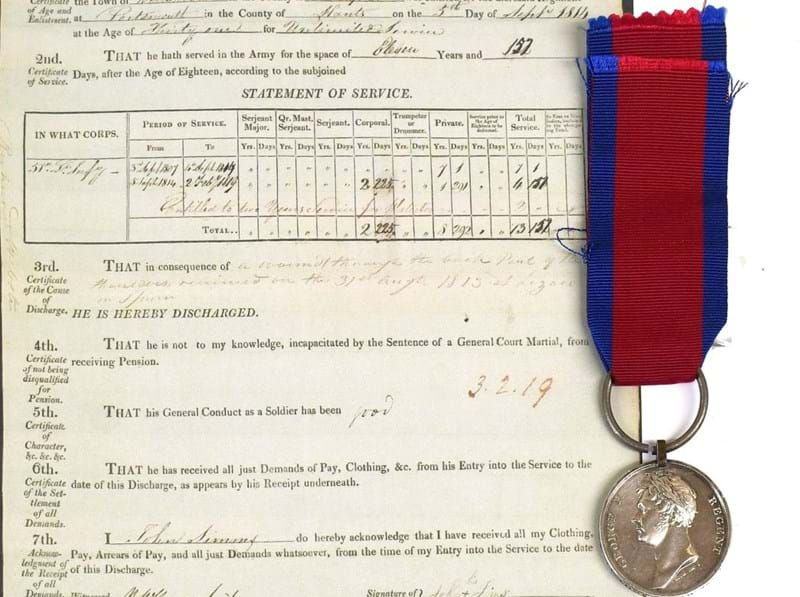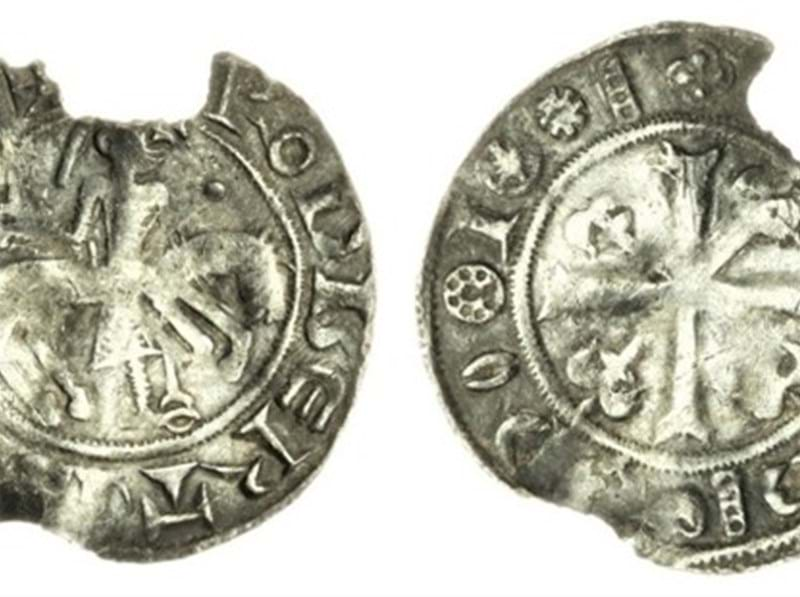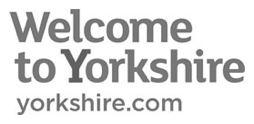The silver section in the Jewellery, Watches and Silver Sale on 18th May is led by an interesting group of late 17th and early 18th century silver.
News & Insights
17th & 18th Century Silver

A William III Silver Punch-Bowl by Benjamin Pyne, London, 1697 (estimate: £3,000-5,000 plus buyer’s premium)
The earliest of these items is a William III silver punch bowl. It is marked with the crowned PY maker’s, or sponsor’s mark that was registered by the silversmith Benjamin Pyne in April 1697, when the use of Britannia standard silver was introduced and silversmiths were obligated to enter a new mark consisting of the first two initials of their surname. Pyne, originally from Devon, was the son of Humfry Pyne and was apprenticed to George Bowers for eight years from 1667, gaining his freedom of the Goldsmiths’ Company in September 1676. He variously appears in the records of the Goldsmiths’ Company and other accounts through the last years of the 17th and into the 18thcentury; for example, his marriage is recorded to Susanna Salisbury in 1682, as is the baptism of eight children, of whom only two appear to have survived to adulthood. He was known to have worked for the banker Sir Richard Hoare and was to serve as Prime Warden of the Goldsmiths’ Company in 1725. The quality of his work was recognised by his appointment as subordinate goldsmith for the Coronation of George I and he was to be described as ‘… in the front rank of London goldsmiths.’ (A. Grimwade, London Goldsmiths 1697-1837 Their Marks and Lives, London, 1990, p. 635).
The bowl offered here is a good example of his work with bold fluted sides and gadrooned, or knurled, foot. Of additional interest to the present bowl is the engraved crest on the outside and the engraved coat-of-arms inside of Dundas impaling FitzWilliam below a baron’s coronet, for Sir Thomas Dundas, 2nd Baronet (1741-1820) and his wife Lady Charlotte FitzWilliam, (d.1833), daughter of William FitzWilliam, 3rd Earl FitzWilliam (d.1756). Sir Thomas was the son of Sir Lawrence Dundas, 1st Baronet and his wife Margaret Bruce. He was a man of great means as well as a politician and, from 1794 when he was created Baron Dundas, a peer of the realm. His father had been a great collector of art, and his son was to follow in his footsteps, for example commissioning Pompeo Batoni to paint his full-length portrait while on a grand tour. The portrait remains at Aske Hall, near Richmond, which he inherited from his father. The bowl is hallmarked for 1697 and weighs nearly 41 troy ounces. It is offered with an estimate of £3,000-5,000 (plus buyer’s premium).

A Pair of Queen Anne Silver Candlesticks, by Simon Pantin, London, 1710 (estimate: £1,500-2,500 plus buyer’s premium)
Other early examples in the sale include a pair of candlesticks, a teapot and a hexagonal salver. The candlesticks are by another celebrated silversmith called Simon Pantin. Pantin was born in London into a family of French silversmiths who originally hailed from Rouen. Pantin was to gain his freedom from Pierre Harache in 1701 and variously worked in Peacock Street, St Martin’s Lane and then from 1709-1711, when the present candlesticks were hallmarked, at St Martin-in-the-Fields; the peacock is a feature of all of his recorded marks. Examples of his works include a kettle, stand and table, which is now in the collection of the Metropolitan Museum of Art (museum number 68.141.81a–f). The candlesticks are hallmarked for London, 1710 and are offered with an estimate of £1,500-2,500 (plus buyer’s premium).

A Queen Anne Silver Teapot, by William Gamble, London, 1712 (estimate: £700-1,000 plus buyer’s premium)
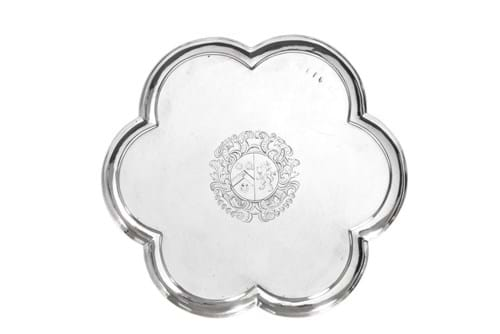
A George I Silver Salver, by Edward Vincent, London, 1726, Britannia Standard (estimate: £1,000-1,500 plus buyer’s premium)
The teapot, made only couple of years later by William Gamble, is a charming pear-shaped example and is offered with an estimate of £700-1,000 (plus buyer’s premium) while the hexafoil salver is by Edward Vincent, London, 1726 and is estimated at £1,000-1,500 (plus buyer’s premium). The sale also includes a George II Kettle, Stand and Lamp as well as various casters and a pair of tea caddies, all of which date from before 1750.
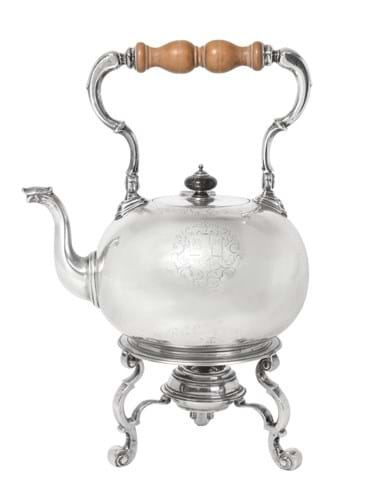
A George II Silver Kettle, Stand and Lamp, by Matthew Cooper, London, 1726 (estimate: £1,500-2,500 plus buyer’s premium)
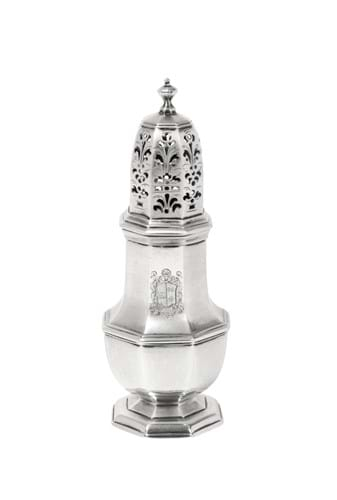
A George I Silver Caster, by Thomas Bamford, London, 1725 (estimate: £200-300 plus buyer’s premium)
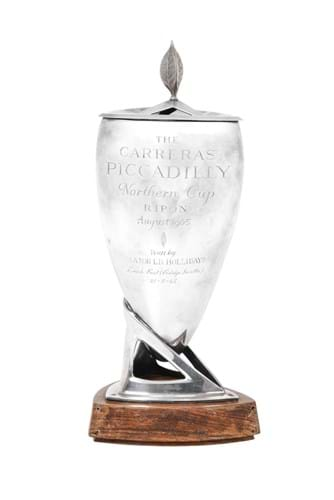
An Elizabeth II Parcel-Gilt Silver Cup and Cover, by Asprey and Co. Ltd., London, 1965, Designed by James Porteous Wood, Craftsmen Keith Tasker (estimate: £600-800 plus buyer’s premium)
Made over 250 years later but no less fascinating is an Elizabeth II parcel-gilt cup and cover on rosewood base which was presented as the Carreras Piccadilly Northern Cup run at Ripon in August 1965 and won by Major L. B. Holliday's "Finish Fast". The cup is of unusual tapering triangular section and with a distinctive openwork detachable cover with gilt tricorn foliage finial. It is hallmarked for the esteemed silversmiths and retailers Asprey but also with facsimile signatures for both the designer and, more unusually, the craftsmen, James Porteous Wood and Keith Tasker respectively. The work of James Porteous Wood does not appear often and so Tennants is pleased to have previously exhibited two other examples of his work in the exhibition ‘Embellish: The Art of Hand Engraving’ which was organised by the Hand Engravers Association of Great Britain and held at our Leyburn salerooms in the summer of 2023. The two items, a salver and an 18ct gold box, were both hallmarked by Asprey and were loaned to the exhibition by the Pearson Silver Collection. Wood has been described as having had a prodigious and varied output over the course of his career as a graphic artist, illustrator and painter. He was born in Edinburgh and studied art at the Edinburgh College of Art, later moving to Ripon. Much of his career was spent as Director of Art and Design at Asprey where he is credited with commissions including gold and silver dinner services; a rose bowl presented to President Eisenhower as well as furniture and racing trophies, like the present example and the salver mentioned above. It is sold with a non-transferable article 10 license and with an estimate of £600-800 (plus buyer’s premium).
< Back to News

4th July 2025, 09:30
Plan your visit to our Leyburn Head Office and Salerooms, or our Harrogate and London Offices
Get your antiques and collectables valued by our team of specialists.
